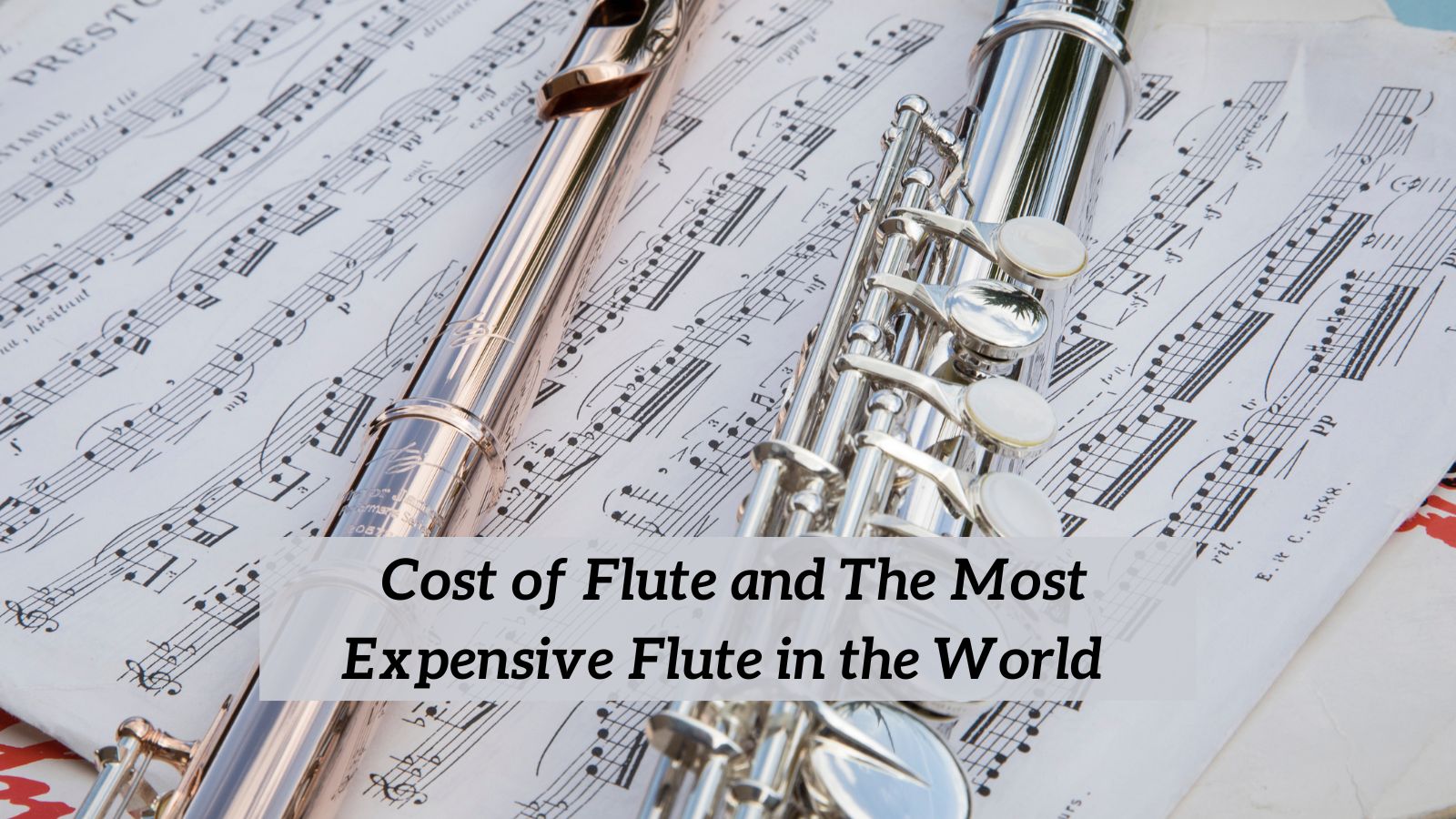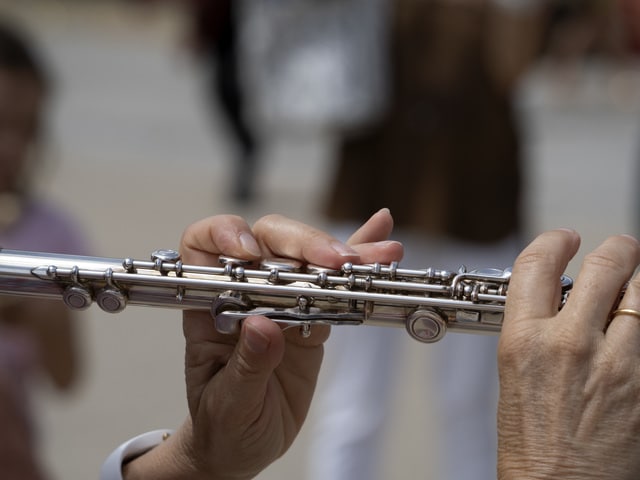
If you type “how much does a flute cost?” into a Google search bar, it will tell you that a beginning flute generally costs between $500-1000, while a more advanced flute will cost upwards of $2500.
While this is generally true, it obscures the fact that flutes can actually cost a great deal more than that, and are oftentimes extremely valuable instruments.
Professional-level modern flutes are typically made out of precious metals, including silver, gold, and platinum, which in and of themselves are expensive
When you take into consideration that many of these flutes are custom-made by renowned flute-makers, a process that can take around five months, it is no surprise that a flute can cost tens of thousands of dollars.
A History of the Flute
Flutes weren’t always made of costly metals by professional makers. The earliest known flute, which was made of bone, dates back to 60,000 years ago, during the Neanderthal era.
Even the wooden transverse flute has a long history, first appearing in Europe in the Middle Ages. Over time, the flute was gradually updated to improve upon sound quality, projection, and technique.
Flutes with keys began appearing in the eighteenth century, finally culminating in the 1847 Boehm flute, which became the foundation for the modern day flute.
This flute had a metal tube rather than wood, improved tuning and sound production, helped project the low register, and allowed flutists to play much more rapidly.
The flute continued to be adjusted and modified, but has not changed significantly in concept since.
Modern Flute-Makers and their Instruments
There are a large number of flute-makers in the world, but if you took a survey of professional flute players, you would find that only a few brands particularly stick out.
Dominating the market are American makers such as Powell, Haynes, Burkart, and Brannen as well as Japanese makers including Murumatsu, Miyazawa, Altus, and Yamaha.
Most of these brands sell custom, hand-made flutes that are designed by the owner and namesake of the company.
Cost of Flute and The Most Expensive Flute in the World
The pricing of these flutes depends on a number of different factors, including brand, metal, added specs, and singularity.
If a famous maker custom designs a flute for a particular person, that instrument will cost a great deal, particularly if that specific instrument is unlikely to be recreated.
Additionally, silver flutes cost less than gold flutes, which in turn cost less than platinum flutes.
Many flutes use some combination of two or three of these metals – for instance, some common choices include silver flutes with gold head joint, gold flutes with silver keys, or silver or gold flutes with platinum risers.
Artists choose their metals based on the volume and color of sound they wish to produce.
Flutists can also customize certain parts of the instrument to their liking; one can choose between standard or heavy-wall flutes, inline or offset G keys, C or B foot joints, and many more options, all of which affect the price.
Many people question whether it is worth it to buy custom, hand-made instruments from precious metals. Is it the artist’s talent, musicality, and hard work that makes an instrument sound good, or are high quality instruments simply that much better?
The truth is that it’s both. A great player will sound good on any instrument, while an inexperienced or under-practiced player will not sound good on an expensive instrument.
However, a great instrument can set an already excellent player apart from the crowd, which can make all the difference in someone’s musical career.
The Journey to Becoming the World’s Most Expensive Flute
The price point of some of the most expensive flutes wavers around $30,000 – $80,000. These flutes typically are made of gold or platinum, have mechanisms that ease the difficulties of playing flute, and are handmade by reputable makers.
However, the most expensive known flute sold in 1986 for $187,000, which is equal to about $475,000 in today’s money, a shockingly high price compared to the rest of the most expensive stock. The value comes from both its specs and its impressive history.
The flute was made by Verne Q. Powell in 1939 and is made of platinum, though it has silver keys. It was played initially by William Kincaid, who is one of the leaders in American flute playing.
He played principal flute in one of the most prestigious orchestras in the United States, the Philadelphia Orchestra, for forty years, and established an unparalleled reputation as a flute professor at the Curtis Conservatory of Music.
His legacy is undeniable; nearly every professional flute player in America has some connection to Kincaid through their own teachers. Though he performed on a variety of flutes, Kincaid frequently played his beloved platinum Powell flute throughout his career.
After Kincaid died, the flute was inherited by his student, Elaine Shaffer, who enjoyed a flourishing career as both a soloist and a symphony musician in reputable symphonies such as the Kansas City Symphony and the Houston Symphony.
Upon her tragically young death, the flute passed to her husband, conductor Efrem Kurtz, until he sold them through Christie’s, an auction company in New York City.
It was purchased by an art collector named Stuart Pivar, who loved to obtain unique relics of the past, often bringing along his good friend Andy Warhol.
Where is it Now?
The flute is of such great historical importance in the music world that it even briefly was featured at the Metropolitan Museum of Art in New York.
It is on loan to Brandon George, renowned soloist and flutist in the esteemed chamber group the Imani Winds
In an interview, George described playing the flute as a challenge in many ways, as the tuning and sound production do not come as easily as they do on modern flutes.
Still, these adjustments are a small price to pay to play an instrument with such a rich history and high value.
It is unknown whether a flute will ever sell for such a high price again.
Perhaps another instrument played by a celebrated pedagogue or flutist will go on the market again, or expert makers will create a new kind of flute that exceeds the abilities of the modern ones available now. Only time will tell!


